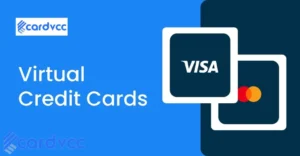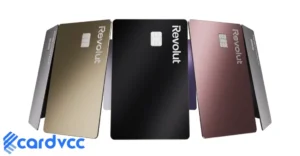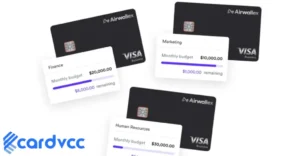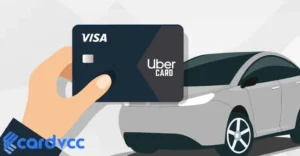Unauthorized Facebook charges on your credit card can be frustrating and alarming. Act swiftly to resolve the issue and secure your account.
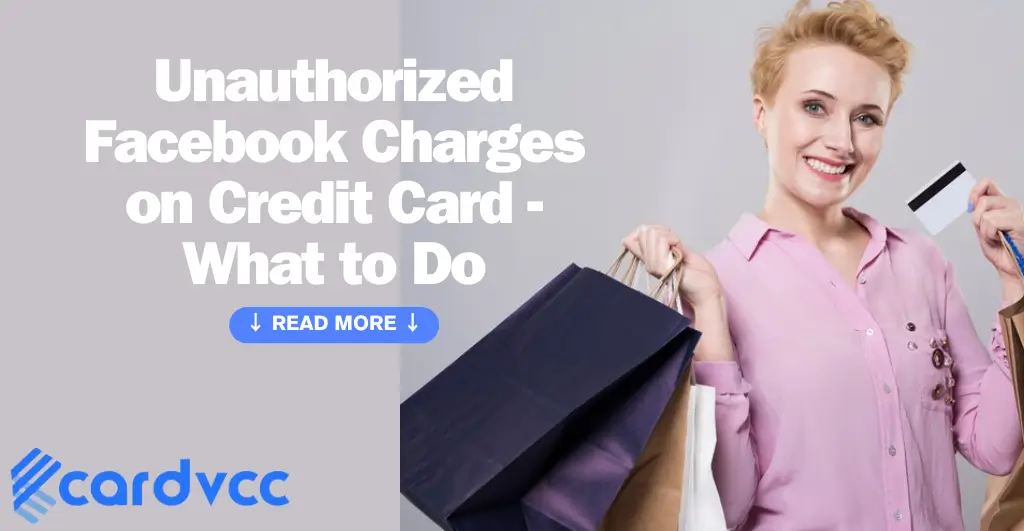
Unauthorized charges on a credit card often cause significant stress and confusion. It’s crucial to identify and dispute these charges promptly. Begin by checking your recent transactions for any unfamiliar activity. Contact Facebook’s support team and your credit card issuer immediately.
They can assist in investigating and resolving the issue. Change your account passwords and enable two-factor authentication for added security. Being proactive helps protect your financial information and prevent future unauthorized charges. Always monitor your account regularly to catch any suspicious activity early. Taking these steps ensures your financial safety and peace of mind.
Identifying Unauthorized Charges
Have you noticed unexpected charges on your credit card from Facebook? Identifying unauthorized charges can save you from financial loss. Understanding the signs of fraudulent activity and common scenarios can help you act swiftly. This guide will aid you in recognizing these issues.
Signs Of Fraudulent Activity
Recognizing signs of fraudulent activity is crucial. Here are some common indicators:
- Unfamiliar Transactions: Charges you did not authorize or recognize.
- Unexpected Amounts: Larger or smaller amounts than usual.
- Frequent Small Charges: Multiple small transactions can add up.
- Subscription Services: Subscriptions you did not sign up for.
Common Scenarios
Unauthorized Facebook charges can occur in various scenarios. Here are some common ones:
| Scenario | Description |
|---|---|
| Compromised Account | Someone accessed your Facebook account and made purchases. |
| Phishing Scams | You fell for a phishing scam and gave away your card details. |
| Fake Ads | You clicked on fake ads and your card got charged. |
| Subscription Traps | You unknowingly subscribed to services with hidden fees. |
Understanding these scenarios can help you prevent unauthorized charges. Stay alert and monitor your transactions closely.
Immediate Steps To Take
Discovering unauthorized Facebook charges on your credit card can be alarming. It’s crucial to act quickly. The steps you take can help you recover your money. Follow these steps to protect yourself.
Contacting Your Bank
The first step is to contact your bank immediately. Use the customer service number on the back of your card. Explain the situation and provide details of the unauthorized charge.
The bank may offer to freeze your account or issue a new card. This prevents further unauthorized charges. Ask your bank to investigate the charge. They might also provide temporary credit while they investigate.
| Action | Details |
|---|---|
| Call Customer Service | Use the number on the back of your card |
| Freeze Account | Prevent further unauthorized charges |
| Request Investigation | The bank investigates the suspicious charge |
Reporting To Facebook
Next, report the unauthorized charge to Facebook. Go to the Facebook Help Center and find the section for billing issues. Use the form to report unauthorized charges.
Provide all necessary details, including the date and amount of the charge. This helps Facebook investigate the issue. They may refund the money if the charge is found to be unauthorized.
- Visit the Facebook Help Center
- Find the billing issues section
- Fill out the form with charge details
Facebook may take some time to investigate. Monitor your email for updates from Facebook.
Preventative Measures
Unauthorized Facebook charges can be a big problem. These charges can take your money without your permission. Below are some steps to help you keep your account safe.
Securing Your Account
To keep your Facebook account safe, follow these steps:
- Use a strong password. Combine letters, numbers, and symbols.
- Enable two-factor authentication. This adds an extra layer of security.
- Do not share your password with anyone.
- Log out from devices you do not use.
- Regularly update your password.
Regular Monitoring
Regularly checking your account can help you catch unauthorized charges:
- Check your credit card statements every month.
- Review your Facebook payment history.
- Set up alerts for any unusual activity.
- Report any unauthorized charges immediately.
These steps can help you keep your money safe. Stay alert and protect your account.
Disputing The Charges
Unauthorized Facebook charges on your credit card can be frustrating. It’s important to know how to dispute these charges effectively. This section will guide you through the process of filing a dispute and providing the necessary documentation.
Filing A Dispute
To start, contact your credit card company. Inform them about the unauthorized charge. Explain that the charge was not made by you. They will guide you on the next steps.
Follow their instructions carefully. You may need to fill out a dispute form. Be clear and concise in your explanation. Provide as much detail as possible about the charge.
Ask for a reference number for your dispute. Keep this number safe. You might need it for follow-up calls or emails.
Providing Necessary Documentation
Gather all necessary documents to support your dispute. This may include:
- Your credit card statement showing the unauthorized charge
- Any communication with Facebook regarding the charge
- Your identification documents
Attach these documents to your dispute form. Make sure they are clear and readable. Double-check that all information is correct.
Submit the documents as instructed by your credit card company. They may ask for electronic or physical copies. Follow their guidelines strictly.
Keep copies of everything you send. This will help if you need to reference your dispute later.
Understanding Facebook’s Policies
Experiencing unauthorized Facebook charges on your credit card can be frustrating. Knowing Facebook’s policies helps in resolving these issues efficiently. This section will guide you through Facebook’s refund policies and available support channels.
Refund Policies
Facebook offers specific refund policies for unauthorized charges. Understanding these policies is key to getting your money back.
Here are the main points of Facebook’s refund policies:
- Unauthorized Charges: Facebook may refund unauthorized charges if reported promptly.
- Ad Refunds: Refunds for ads are subject to Facebook’s ad policies.
- In-App Purchases: Refunds for in-app purchases depend on the app developer’s policy.
- Gift Card Refunds: Facebook does not refund gift cards.
Make sure to report unauthorized charges within a reasonable time frame. This increases the chances of a successful refund.
Support Channels
Facebook offers various support channels to help resolve unauthorized charges. Using these channels effectively can speed up the resolution process.
Here are the primary support channels:
| Support Channel | Description |
|---|---|
| Help Center | The Help Center provides articles and guides on various issues. |
| Report a Problem | You can report unauthorized charges through the “Report a Problem” link. |
| Customer Support | Contact Facebook’s customer support for direct assistance. |
| Community Support | Engage with other users in the community support forum. |
Using these channels ensures you get timely help and your issue is resolved quickly.
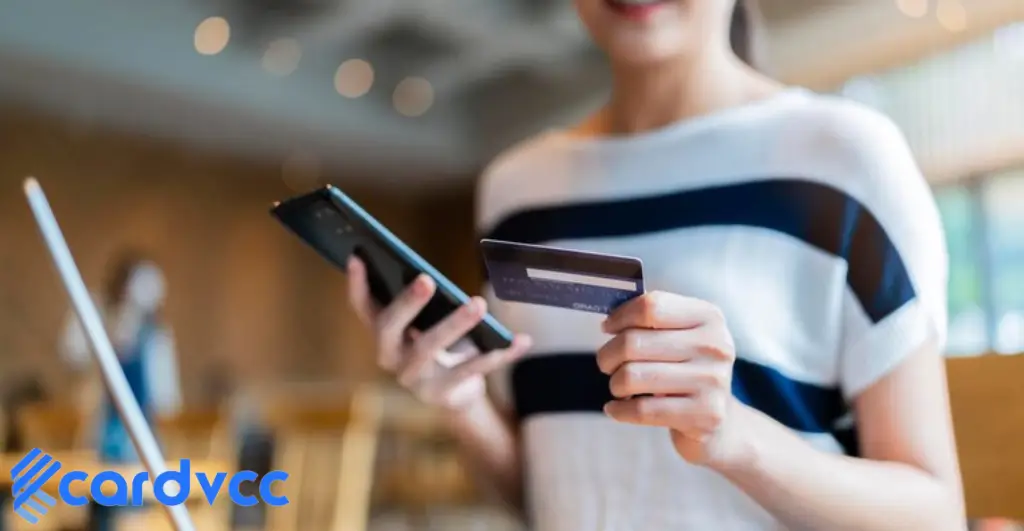
How Virtual Credit Cards Aid in Avoiding Cyber Fraudulent Activities
In today’s digital world, online security is essential. Cyber fraud is rising, and everyone must protect their financial data. One effective way is through virtual credit cards.
What is a Virtual Credit Card?
A virtual credit card is a digital version of your regular credit card. It has a unique card number, expiration date, and CVV. You can use it for online transactions just like a physical card.
How Do Virtual Credit Cards Work?
Virtual credit cards generate a unique card number for each transaction. This number can be used only once or for a specific merchant. It is linked to your actual credit card but keeps your real card number safe.
Benefits of Using Virtual Credit Cards
There are many benefits to using virtual credit cards. Let’s explore some of them:
- Enhanced Security: Virtual credit cards keep your real card number hidden. This reduces the risk of fraud and theft.
- Control Spending: You can set spending limits on virtual cards. This helps you manage your budget better.
- Easy to Use: Creating a virtual credit card is simple. Many banks and services offer this feature.
- Instant Creation: You can generate a virtual card instantly. This is great for quick online purchases.
- Temporary Use: Virtual cards can be used for one-time transactions. This limits the risk of fraud.
How Virtual Credit Cards Protect Against Cyber Fraud
Cyber fraud is a significant concern for online shoppers. Virtual credit cards offer several layers of protection:
- Unique Card Numbers: Each transaction uses a unique card number. This makes it harder for hackers to steal your information.
- Limited Use: Virtual cards can be set for one-time use. Even if stolen, the card number becomes useless after the transaction.
- Spending Limits: You can set limits on your virtual cards. This prevents unauthorized high-value transactions.
- Merchant-Specific: Some virtual cards are tied to specific merchants. This reduces the risk of misuse.
Perks of Virtual Payment Frameworks
Virtual payment frameworks offer many perks. They are designed to make online transactions secure and straightforward:
- Convenience: Virtual payment frameworks are easy to use. You can generate and manage virtual cards with a few clicks.
- Flexibility: Use virtual cards for various online purchases. They are accepted by most merchants.
- Security: Virtual frameworks add an extra layer of security. Your actual card details are never exposed.
- Integration: Many banks and financial services integrate virtual cards into their platforms. This provides seamless access.
How to Get Started with Virtual Credit Cards
Getting started with virtual credit cards is easy. Here are the steps:
- Choose a Provider: Select a bank or service offering virtual credit cards. Cardvcc is a great option.
- Sign Up: Create an account with the provider. Follow the registration steps.
- Create a Virtual Card: Generate a virtual credit card through the provider’s platform. Set your spending limits and usage terms.
- Use the Card: Use the virtual card for online purchases. Enjoy enhanced security and control.
Join Cardvcc & Instantly Create Virtual Credit Cards
If you want to protect your financial information, consider Cardvcc. Cardvcc allows you to instantly create virtual credit cards. This service offers several benefits:
- Quick Setup: Sign up and create a virtual card in minutes.
- Enhanced Security: Protect your real card information from cyber fraud.
- Easy Management: Manage your virtual cards through an intuitive platform.
- Flexible Options: Create cards for one-time use or specific merchants.
- Support: Get help and support from Cardvcc’s customer service team.
Virtual credit cards are a powerful tool in the fight against cyber fraud. They offer enhanced security, control, and convenience. By using virtual cards, you can protect your financial information and enjoy safer online shopping. Consider joining Cardvcc to instantly create virtual credit cards and safeguard your online transactions.
Stay safe and secure in the digital world with virtual credit cards.
Legal Recourse Options
Unauthorized Facebook charges on your credit card can be stressful. Knowing your legal options helps you take action. This section covers how you can protect yourself and seek help.
Consumer Protection Laws
Consumer protection laws safeguard your rights. These laws ensure you do not pay for unauthorized charges. The Fair Credit Billing Act (FCBA) is one such law. It allows you to dispute billing errors. You must report the dispute within 60 days.
Another important law is the Electronic Fund Transfer Act (EFTA). It protects you from unauthorized electronic transactions. Under EFTA, you should report unauthorized charges immediately. You may be responsible for only $50 if you report promptly.
| Law | Protection |
|---|---|
| Fair Credit Billing Act (FCBA) | Dispute unauthorized charges within 60 days |
| Electronic Fund Transfer Act (EFTA) | Report unauthorized transactions immediately |
Consulting A Lawyer
Sometimes, you need expert help. Consulting a lawyer can be beneficial. A lawyer can guide you on legal actions. They will inform you about your rights and possible outcomes.
Here are steps to find a good lawyer:
- Search for lawyers specializing in consumer protection.
- Read reviews and testimonials.
- Schedule a consultation to discuss your case.
Legal action can be complex. A lawyer can make the process easier and help you recover losses.
Preventing Future Incidents
Unauthorized Facebook charges on your credit card can be stressful. Preventing these incidents is crucial for your financial security. Here are some practical steps to help protect your account and credit card information.
Setting Up Alerts
Setting up alerts is an effective way to monitor your account activity. Many banks offer free alert services. These alerts notify you of any unusual or large transactions.
- Enable email alerts for all transactions.
- Set SMS alerts for transactions above a certain amount.
- Regularly check your account statements.
Regularly reviewing your account helps you spot unauthorized charges quickly. Early detection can prevent further unauthorized use.
Using Secure Payment Methods
Using secure payment methods adds an extra layer of protection. Avoid linking your primary credit card to your Facebook account.
- Consider using a virtual credit card.
- Use payment services like PayPal for added security.
- Regularly update your payment information.
Virtual credit cards generate a unique card number for each transaction. This ensures your actual card number remains safe.
PayPal and similar services offer buyer protection. They act as intermediaries, keeping your card details secure.
Real-life Case Studies
Discover the real-life stories of people affected by unauthorized Facebook charges on their credit cards. These accounts offer valuable insights and practical advice.
Success Stories
Many people have successfully resolved unauthorized charges. Here are some inspiring cases:
- Jane’s Story: Jane found a $100 charge on her credit card. She contacted Facebook support and her bank. Within a week, she got her money back.
- Mark’s Experience: Mark noticed small charges over several months. He reported the issue to Facebook and his bank. All charges were refunded.
- Lisa’s Case: Lisa saw a $50 charge she didn’t authorize. She disputed the charge with her credit card company. The dispute was resolved in her favor.
Lessons Learned
These real-life cases offer important lessons:
- Monitor Your Statements: Regularly check your credit card statements for any unusual charges.
- Act Quickly: Report unauthorized charges immediately to your bank and Facebook support.
- Dispute Charges: Use your credit card company’s dispute process to get your money back.
- Keep Records: Document all communications and actions taken to resolve the issue.
By learning from others, you can protect yourself from unauthorized charges.

Frequently Asked Questions
Why Would I Have A Facebook Charge On My Credit Card?
A Facebook charge on your credit card could be due to ad payments, in-app purchases, or subscription services.
How Do I Report Unauthorized Facebook Charges?
To report unauthorized Facebook charges, visit the Facebook Help Center. Navigate to the “Payments” section. Select “Dispute a charge,” then follow the prompts to report the issue.
What Do I Do If Someone Is Using My Credit Card For Facebook Ads?
Report the unauthorized charge to your bank immediately. Contact Facebook support to report the fraudulent activity. Change your credit card details and monitor your statements for further suspicious activity.
How Do I Report An Unrecognized Meta Charge On My Bank Statement?
Contact your bank immediately to report the unrecognized charge. Provide details and request an investigation. Monitor your account for further unauthorized transactions.
Conclusion
Taking action on unauthorized Facebook charges is crucial. Monitor your statements regularly and report any suspicious activity. Protect your financial information by using secure passwords and enabling two-factor authentication. Stay vigilant and proactive to safeguard your credit card from unauthorized use.
With these steps, you can maintain control over your finances.
Read More- How to Make VCC Card

